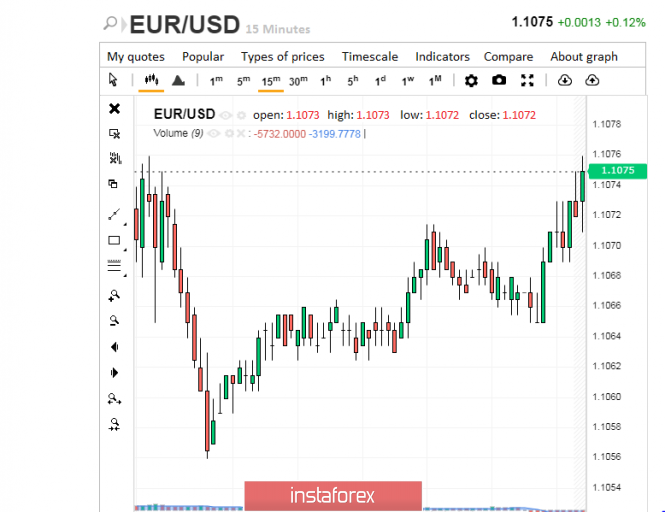
Sometimes, in order to move faster and conquer new peaks, it is necessary to make incredible efforts. According to experts, this thesis is quite relevant with regard to the European currency. The euro has to spend a lot of energy to stay afloat, but the reward is a well-deserved success.
Recently, the European currency has lost the lion's share of its victories, but is still trying to maintain its gained position. Pressure on the euro has a high probability of a recession in the German economy, analysts say. Note that Germany is considered the economic locomotive of the eurozone, so its impact on the dynamics of the euro is difficult to overestimate. The German authorities are not able to take drastic measures to improve the situation, so the European currency is experiencing significant difficulties.
The dynamics of the single currency has been in a downward trend since June 2018. Experts draw attention to the high risk of a further decline, which could lead to the renewal of the October lows of 2019. Recall that two months ago, the euro fell to 1.0900, the lowest level since the first half of 2017.
Currently, the euro is a little perked up and began the morning of Tuesday, December 10, on the positive. The EUR/USD pair reached the level of 1.1068 and moved up.

After a while, the pair rose to 1.1075, showing an upward trend. The EUR/USD pair still runs in the range of 1.1074–1.1075, trying to overcome these boundaries.

The pair rose to the level of 1.1077, but retreated afterwards. It proved to be difficult for the pair to gain a foothold at these lines.

Analysts are focusing on a number of factors that could support the euro. These include the recovery of the eurozone economy, the high likelihood of the implementation of the "soft" Brexit, as well as the weakening of trade tension between the US and China. Another important incentive for the euro can be the status of a key funding currency. This was facilitated by the drop in the volatility of the euro to extremely low levels, due to which it can be used for carry trade operations. Most large banks, including ABN Amro, Commerzbank and Morgan Stanley, forecast a rise in the euro to $1.1400– $1.1600 in 2020.
Despite the current decline and incredible pressure, the euro seeks to strengthen its position. Experts predict that the euro will collapse, but do not discount its strength and stability. The market expects an early recovery of the second global currency, and it seeks to meet these expectations.
The material has been provided by InstaForex Company - www.instaforex.com